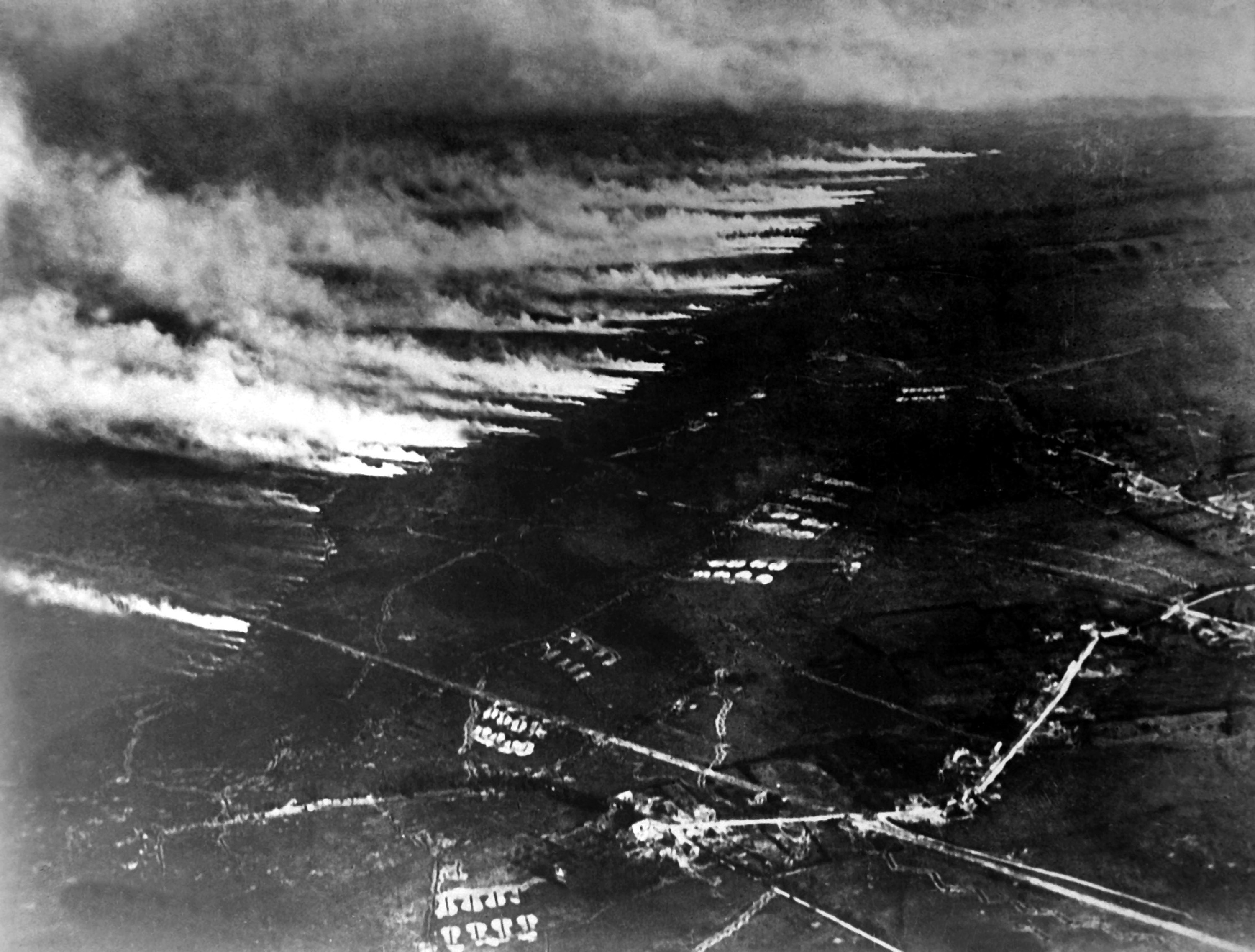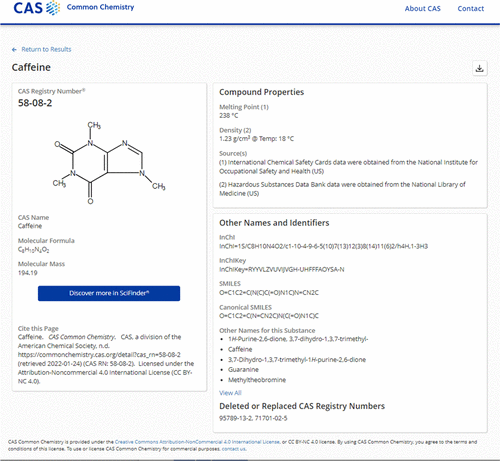|
Xylyl Bromide
Xylyl bromide, also known as methylbenzyl bromide or T-stoff ('substance-T'), is any member or a mixture of organic chemical compounds with the molecular formula C6 H4(CH3)(CH2 Br). The mixture was formerly used as a tear gas and has an odor reminiscent of lilac. All members and the mixture are colourless liquids, although commercial or older samples appear yellowish. Use as a weapon Xylyl bromide is an irritant and lachrymatory agent. It has been incorporated in chemical weapons since the early months of World War I. Some commentators say the first use was in August 1914, when the French attacked German soldiers with tear gas grenades, but the agent used in that incident was more likely to be ethyl bromoacetate, which the French had tested before the war. The first extensive use of xylyl bromide was the firing by German forces of 18,000 "T-shells" at Russian positions in the Battle of Bolimów in January 1915. The shells were modified 15 cm (6 inch) artillery she ... [...More Info...] [...Related Items...] OR: [Wikipedia] [Google] [Baidu] |
Battle Of Bolimów
A battle is an occurrence of combat in warfare between opposing military units of any number or size. A war usually consists of multiple battles. In general, a battle is a military engagement that is well defined in duration, area, and force commitment. An engagement with only limited commitment between the forces and without decisive results is sometimes called a skirmish. The word "battle" can also be used infrequently to refer to an entire operational campaign, although this usage greatly diverges from its conventional or customary meaning. Generally, the word "battle" is used for such campaigns if referring to a protracted combat encounter in which either one or both of the combatants had the same methods, resources, and strategic objectives throughout the encounter. Some prominent examples of this would be the Battle of the Atlantic, Battle of Britain, and Battle of Stalingrad, all in World War II. Wars and military campaigns are guided by military strategy, whereas ... [...More Info...] [...Related Items...] OR: [Wikipedia] [Google] [Baidu] |
Organobromides
Organobromine compounds, also called organobromides, are organic compounds that contain carbon bonded to bromine. The most pervasive is the naturally produced bromomethane. One prominent application of synthetic organobromine compounds is the use of polybrominated diphenyl ethers as fire-retardants, and in fact fire-retardant manufacture is currently the major industrial use of the element bromine. A variety of minor organobromine compounds are found in nature, but none are biosynthesized or required by mammals. Organobromine compounds have fallen under increased scrutiny for their environmental impact. General properties Most organobromine compounds, like most organohalide compounds, are relatively nonpolar. Bromine is more electronegative than carbon (2.9 vs 2.5). Consequently, the carbon in a carbon–bromine bond is electrophilic, i.e. alkyl bromides are alkylating agents. Carbon– halogen bond strengths, or bond dissociation energies are of 115, 83.7, 72.1, an ... [...More Info...] [...Related Items...] OR: [Wikipedia] [Google] [Baidu] |
Tetrabromo-o-xylene
α,α,α',α'-Tetrabromo-o-xylene is an organobromine compound with the formula C6H4(CHBr2)2. Three isomers of α,α,α',α'-Tetrabromoxylene exist, but the ortho derivative is most widely studied. It is an off-white solid. The compound is prepared by the photochemical reaction of o-xylene with elemental bromine: : Reaction of α,α,α',α'-tetrabromo-o-xylene with sodium iodide affords α,α'-dibromo-o-xylylene, which can be trapped with dienophiles to give naphthylene. In the absence of trapping agents, the xylylene relaxes to α,α'-dibromobenzocyclobutane: : : Cycloadditions of these xylylenes provides a pathway to acene In organic chemistry, the acenes or polyacenes are a class of organic compounds and polycyclic aromatic hydrocarbons made up of benzene () rings which have been linearly fused. They follow the general molecular formula . The larger represent ...s.{{cite journal , doi=10.1055/s-1986-31603, title=An Efficient Synthetic Strategy for Naphthalene Annel ... [...More Info...] [...Related Items...] OR: [Wikipedia] [Google] [Baidu] |
Chemical Weapons In World War I
The use of toxic chemicals as weapons dates back thousands of years, but the first large scale use of chemical weapons was during World War I. They were primarily used to demoralize, injure, and kill entrenched defenders, against whom the indiscriminate and generally very slow-moving or static nature of gas clouds would be most effective. The types of weapons employed ranged from disabling chemicals, such as tear gas, to lethal agents like phosgene, chlorine, and mustard gas. This chemical warfare was a major component of the first global war and first total war of the 20th century. The killing capacity of gas was limited, with about 90,000 fatalities from a total of 1.3 million casualties caused by gas attacks. Gas was unlike most other weapons of the period because it was possible to develop countermeasures, such as gas masks. In the later stages of the war, as the use of gas increased, its overall effectiveness diminished. The widespread use of these agents of chemical w ... [...More Info...] [...Related Items...] OR: [Wikipedia] [Google] [Baidu] |
CAS Registry Number
A CAS Registry Number (also referred to as CAS RN or informally CAS Number) is a unique identification number assigned by the Chemical Abstracts Service (CAS), US to every chemical substance described in the open scientific literature. It includes all substances described from 1957 through the present, plus some substances from as far back as the early 1800s. It is a chemical database that includes organic and inorganic compounds, minerals, isotopes, alloys, mixtures, and nonstructurable materials (UVCBs, substances of unknown or variable composition, complex reaction products, or biological origin). CAS RNs are generally serial numbers (with a check digit), so they do not contain any information about the structures themselves the way SMILES and InChI strings do. The registry maintained by CAS is an authoritative collection of disclosed chemical substance information. It identifies more than 182 million unique organic and inorganic substances and 68 million protein and D ... [...More Info...] [...Related Items...] OR: [Wikipedia] [Google] [Baidu] |
Isomer
In chemistry, isomers are molecules or polyatomic ions with identical molecular formulae – that is, same number of atoms of each element – but distinct arrangements of atoms in space. Isomerism is existence or possibility of isomers. Isomers do not necessarily share similar chemical or physical properties. Two main forms of isomerism are structural or constitutional isomerism, in which '' bonds'' between the atoms differ; and stereoisomerism or spatial isomerism, in which the bonds are the same but the ''relative positions'' of the atoms differ. Isomeric relationships form a hierarchy. Two chemicals might be the same constitutional isomer, but upon deeper analysis be stereoisomers of each other. Two molecules that are the same stereoisomer as each other might be in different conformational forms or be different isotopologues. The depth of analysis depends on the field of study or the chemical and physical properties of interest. The English word "isomer" () is a bac ... [...More Info...] [...Related Items...] OR: [Wikipedia] [Google] [Baidu] |
White Cross (chemical Warfare)
White Cross (Weiẞkreuz) is a World War I chemical warfare agent consisting of one or more lachrymatory agents: bromoacetone (BA), bromobenzyl cyanide (Camite), bromomethyl ethyl ketone (homomartonite, Bn-stoff), chloroacetone (Tonite, A-stoff), ethyl bromoacetate, and/or xylyl bromide. During World War I, White Cross was also a generic code name used by the German Army for artillery shells with an irritant chemical payload affecting the eyes and mucous membranes. See also * Blue Cross (chemical warfare) * Green Cross (chemical warfare) * Yellow Cross (chemical warfare) Yellow Cross (Gelbkreuz) is a World War I chemical warfare agent usually based on sulfur mustard (mustard gas, HS, Yperite, Lost). The original Gelbkreuz was a composition of 80–90% of sulfur mustard and 10–20% of tetrachloromethane or chloro ... References Lachrymatory agents World War I chemical weapons {{weapon-stub ... [...More Info...] [...Related Items...] OR: [Wikipedia] [Google] [Baidu] |
Nieuwpoort, Belgium
Nieuwpoort ( , ; vls, Nieuwpôort; french: Nieuport ) is a city and municipality located in Flanders, one of the three regions of Belgium, and in the Flemish province of West Flanders. The municipality comprises the town of Nieuwpoort proper and the settlements of Ramskapelle and Sint-Joris. On 1 January 2008, Nieuwpoort had a total population of 11,062. The total area is 31.00 km² which gives a population density of 350 inhabitants per km². The current mayor of Nieuwpoort is Geert Vanden Broucke (CD&V) In Nieuwpoort, the Yser flows into the North Sea. It was also the home of a statue created by Jan Fabre called ''Searching for Utopia''. The Stadshalle Grain Hall (market hall) with its belfry was inscribed on the UNESCO World Heritage List in 1999 as part of the Belfries of Belgium and France site, owing to its historical civic (not religious) importance and its architecture. History It obtained city rights in 1163 from Count Philip of Flanders. The Battle of Nieu ... [...More Info...] [...Related Items...] OR: [Wikipedia] [Google] [Baidu] |
Artillery Shell
A shell, in a military context, is a projectile whose payload contains an explosive, incendiary, or other chemical filling. Originally it was called a bombshell, but "shell" has come to be unambiguous in a military context. Modern usage sometimes includes large solid kinetic projectiles that is properly termed shot. Solid shot may contain a pyrotechnic compound if a tracer or spotting charge is used. All explosive- and incendiary-filled projectiles, particularly for mortars, were originally called ''grenades'', derived from the French word for pomegranate, so called because of the similarity of shape and that the multi-seeded fruit resembles the powder-filled, fragmentizing bomb. Words cognate with ''grenade'' are still used for an artillery or mortar projectile in some European languages. Shells are usually large-caliber projectiles fired by artillery, armored fighting vehicles (e.g. tanks, assault guns, and mortar carriers), warships, and autocannons. The shape ... [...More Info...] [...Related Items...] OR: [Wikipedia] [Google] [Baidu] |
Borden Institute
The Borden Institute is a U.S. Army “Center of Excellence in Military Medical Research and Education”. In 1987, U.S. Army Colonel Russ Zajtchuk conceived the idea for a “Center of Excellence in Military Medical Research and Education,” under the Army's Office of The Surgeon General (OTSG). The center was soon made a reality, largely through the efforts of Zajtchuk, Dr. Don Jenkins, and Colonel Ron Bellamy. In 1992, to honor Lieutenant Colonel William Cline Borden (Major Walter Reed’s personal physician and conceiver of the original Walter Reed General Hospital) the center’s name was changed to Borden Institute. The institute was located at Delano Hall on the campus of Walter Reed Army Medical Center (WRAMC), in Washington, DC. After WRAMC's closure, the institute moved to Fort Sam Houston Fort Sam Houston is a U.S. Army post in San Antonio, Texas. "Fort Sam Houston, TX • About Fort Sam Houston" (overview), US Army, 2007, webpageSH-Army. Known colloquially as ... [...More Info...] [...Related Items...] OR: [Wikipedia] [Google] [Baidu] |
Organic Compound
In chemistry, organic compounds are generally any chemical compounds that contain carbon- hydrogen or carbon-carbon bonds. Due to carbon's ability to catenate (form chains with other carbon atoms), millions of organic compounds are known. The study of the properties, reactions, and syntheses of organic compounds comprise the discipline known as organic chemistry. For historical reasons, a few classes of carbon-containing compounds (e.g., carbonate salts and cyanide salts), along with a few other exceptions (e.g., carbon dioxide, hydrogen cyanide), are not classified as organic compounds and are considered inorganic. Other than those just named, little consensus exists among chemists on precisely which carbon-containing compounds are excluded, making any rigorous definition of an organic compound elusive. Although organic compounds make up only a small percentage of Earth's crust, they are of central importance because all known life is based on organic compounds. Livin ... [...More Info...] [...Related Items...] OR: [Wikipedia] [Google] [Baidu] |



